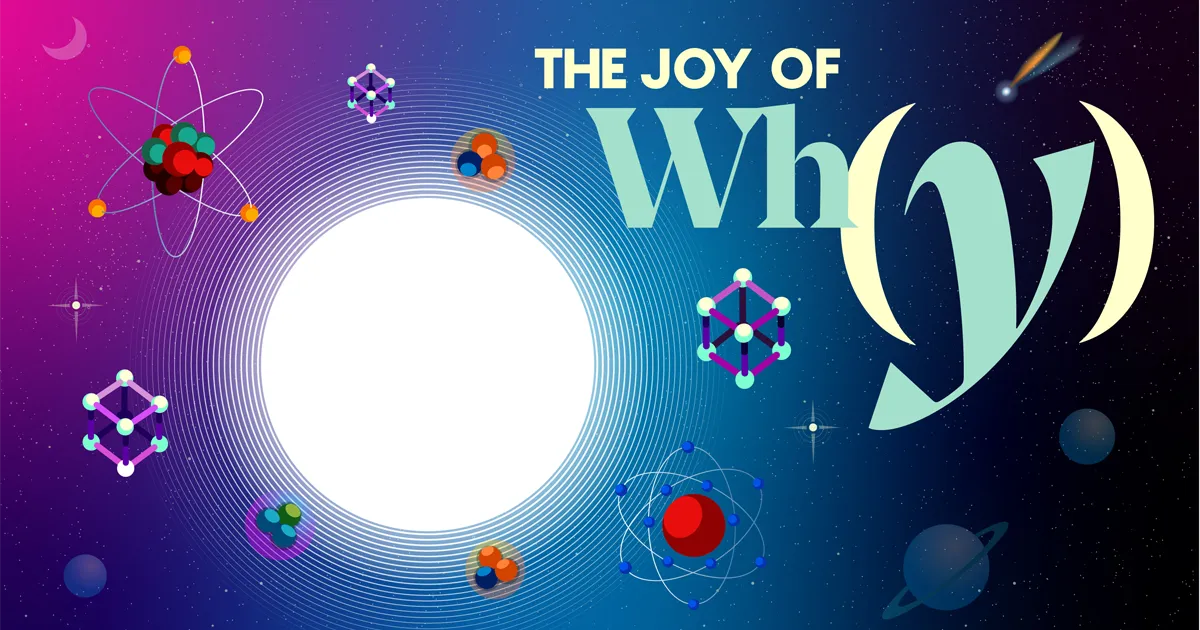It remains odd when articles claims that "we have no idea what dark energy is", while their references such as the video goes on to state that we have a great deal of ideas. And not only that but with such observations as the equality between the speed of gravity waves and the speed of light cosmologists has narrowed down the field immensely. What the author meant to say was likely "we have not decided what dark energy is", but that is a different problem.
@rod: There is no "error" in the cosmological constant. (Or between general relativity or quantum field theory since gravity can be quantized as other forces: "Quantum gravity as a low energy effective field theory", Donoghue, Scholarpedia.) The vacuum energy density was initially thought to be zero, but dark energy showed it wasn't. If we also introduce the quantum fields vacuum expectation values there is a problem with Planck scale terms near canceling, which is unlikely ("unnatural") but possible. Weinberg's anthropic multiverse, which naturally follows from the currently observed scalar quantum inflation field [see BICEP/Keck data], solved that problem in the 80s and predicted the later observed value of dark energy (but few wanted to accept such solutions).
There is also no "explosion" in the 10^-5 parts - as seen in the cosmic background radiation - homogeneous and isotropic universe. Inflation expansion was rapid, but smooth.
Nor is there "an instantaneous-action-at-a-distance force" or "a conservation law of energy ... violated" in current cosmology, it is all relativistic non-Newtonian physics and general relativity has no general energy measure. There is practically no center - it is not necessary to understand LCDM cosmology and not something we can observe - but if you scale out to the bubble universe we live in its spatial volume has a center in theory. General relativity Einstein Field Equations show that it has an energy conserving Lagrangian in every point in space, but its tensor solutions has no general energy measure. (So they are approximations in that sense, but the quantum theory is the more fundamental one while general relativity provides easier solutions.) That is why the video in the beginning discuss how gravity theories, like quantum field theories. need to check for "ghosts" - solutions that have negative particle energies.
@ rod, billslugg: While general relativity is described as "has no conservation of energy" due to the problems of defining solution energies - see above - there are situations where you can apply general field theory perfectly or as an approximation. Remember that both general relativity and quantum field theories are known to be "effective" theories that apply at low energies, at Planck scales quantum field theory admits no low energy perturbation particle solutions and general relativity no locally flat solutions for quantum field theory to work in. But if you stay away from such problems - and inflation makes that possible - you have always a total energy measure in general relativity [see for example
https://en.wikipedia.org/wiki/Friedmann–Lemaître–Robertson–Walker_metric ] and outside of masses a stationary vacuum solution has a gravitational field potential. The gravitational field potential energy is negative, as rod's reference discuss, and in vacuum it balances the other field's positive potential energies through the Einstein Field Equations - no need for Guth's energy transfer. While Guth at the time ingeniously was showing how inflation would solve a lot of problems I think modern observations of its nature as well as the flat space nature of the universe points to a more "natural" solution of quantum field nature.
The size of the universe can be debated. For the observable universe it used to be said "football sized" after inflation but newer observations gives me "room sized" when I do the estimate. We can also estimate the local hot big bang universe original size. First we can take the largest cosmological filament of gas and galaxy clusters as a measure of the last inflation fluctuations at it reached the end of the slow roll and went into the hot big bang era. Then we can apply BICEP/Keck data on its potential energy so we can estimate the expansion during the slow roll. We then get that our bubble universe arose from an inflation quantum fluctuation that pushed it into slow roll that is now 10^75 times larger in volume than the observable universe.* But of course the same data imply that the inflationary multiverse is infinite in volume, unless you finetune it so that can't happen (which is difficult and "unnatural").
*I've now had time to read that part of Guth's article in New Wrights cosmology compendium. I happened to note - and it's in the quote here as well though I missed that at the time - that we get to the same estimate of 10^75 volume (or energy) expansion! I pulled the number of e-folds expansion from Planck data and checked that it is consistent with BICEP/Keck newer data. (Which covers the energy up to where the standard particle Higgs sector lose stability according to the top mass measured by LHC.) Guth likely knew the order of things from early theory as well.



